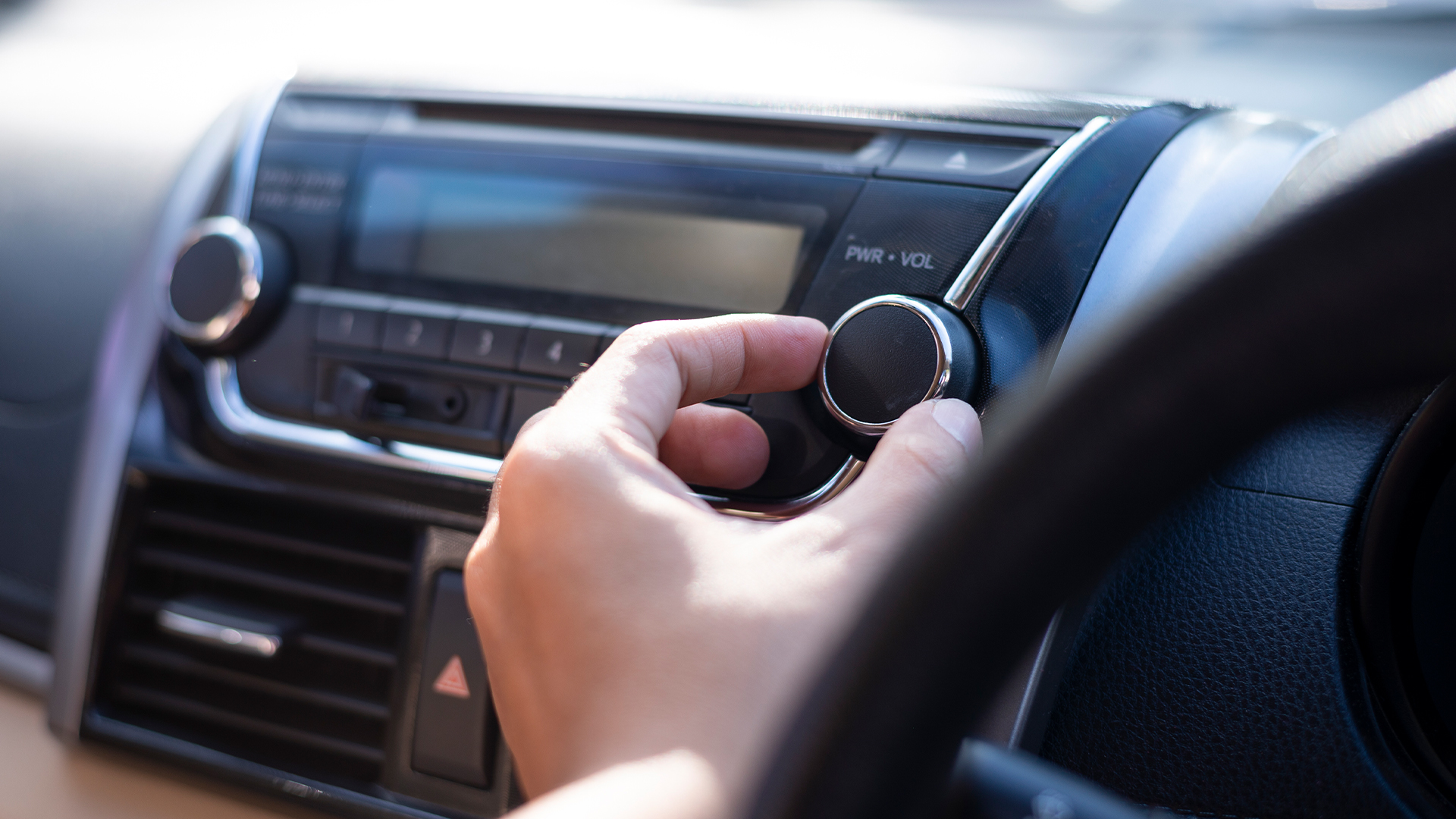

With the rise of streaming services, more and more people are moving from turning the dial to tapping the screen. With the decline of terrestrial radio listeners (and the need to trim the fat on manufacturing costs), automakers have been stripping AM radio from vehicle infotainment systems for a while now—but that could change if some legislators have their way.
Earlier this week, bipartisan lawmakers on Capitol Hill introduced a bill to prevent automakers from ditching AM radio in new cars. Called the “AM Radio for Every Vehicle Act of 2023,” the bill would require manufacturers to include the technology required for vehicles to tune into stations that only broadcast on AM bands.
The bill, if passed, would direct the National Highway Traffic Safety Administration to mandate that all automakers include AM radio in new vehicles. Moreover, the technology would be mandated to come at no additional cost to the consumer. This means that the automaker would likely build the cost into the vehicle itself rather than charge a consumer an additional amount should they want AM radio as an add-on.
“Carmakers shouldn’t tune out AM radio in new vehicles or put it behind a costly digital paywall,” said Democratic Senator Edward Markey, who has argued for the preservation of AM radio in the past.
In defense of the legislation, it’s not like automakers haven’t been eyeing this option already. In fact, Audi, BMW, Ford, Porsche, Tesla, and Volvo have already removed AM radio from their newest electric cars (and Ford even removed it from the newest ICE-powered Mustang).
According to a 2018 study, more than half of radio listeners in the U.S. do so in the car while commuting, meaning that removing it from the only place that many people tune in will almost certainly cause a drop in listenership.
But it’s not about listenership or money, according to lawmakers. Instead, they argue that it’s all about public safety.
It’s no surprise that AM radio lost its place in modern times with the rise of FM. If for nothing else, FM radio’s ability to deliver higher bandwidth (and thus, higher quality) set it apart from older AM tech. But there is still one key advantage: long-distance mass communication. AM can transmit for significantly longer ranges under optimal conditions—we’re talking hundreds of miles versus tens. This is where public safety comes into play.
More specifically, lawmakers feel that in the event of a disaster, it would be difficult to transmit mass communications without the ability for citizens to have access to AM radio. Former FEMA director Craig Fugate once called it “the last line of communications” for local, state, and federal disaster response and relief efforts.
It’s also argued that AM radio tech is so cheap that there’s almost no reason to pull it from vehicles. Automakers argue that cost isn’t the only factor at play.
Cutting AM radio simply seems to be the easier option when moving towards electric vehicles. A spokesperson for Ford previously said that the frequencies in AM radio “tend to be directly affected by the electromagnetic noise in EV propulsion systems” and that it required an “extra investment” to make AM radio work in an EV. Other automakers, such as General Motors, Hyundai, and Kia, have proven that it is still possible to implement AM in EVs, though the direct cost (or “extra investment”) to make it work is unknown.
“If Elon Musk has enough money to buy Twitter and send rockets to space, he can certainly afford to include AM radio in his Teslas,” said Congressman Josh Gottheimer.
Got a tip or question for the author? Contact them directly: rob@thedrive.com